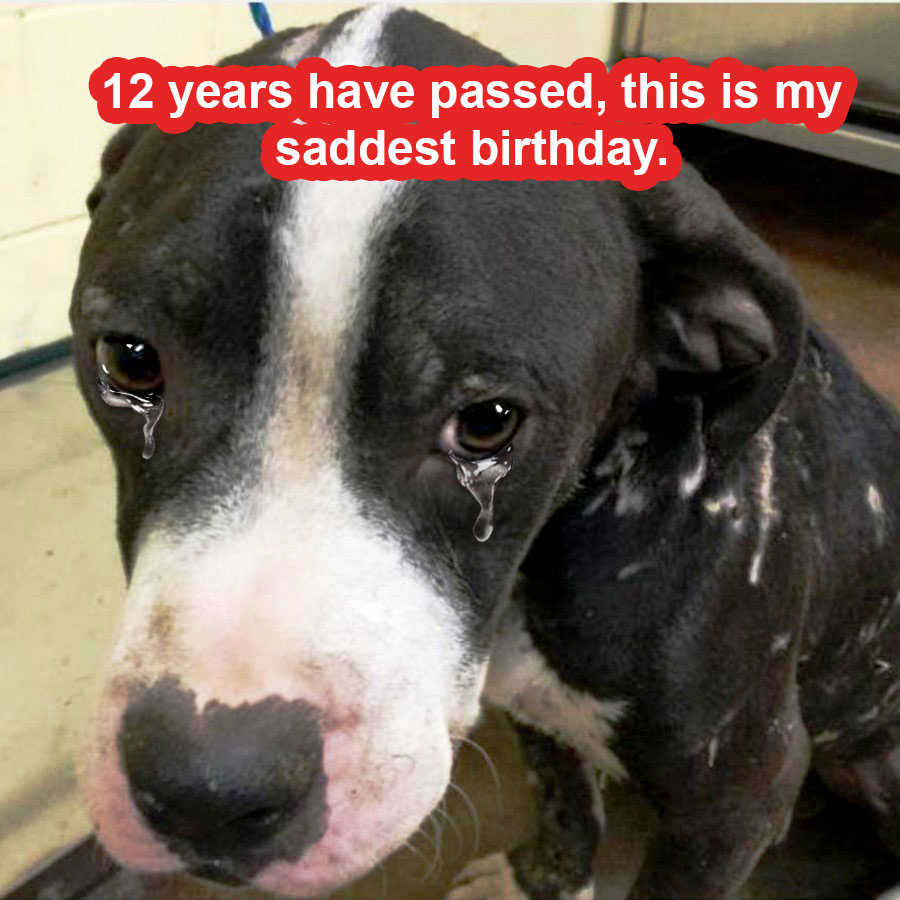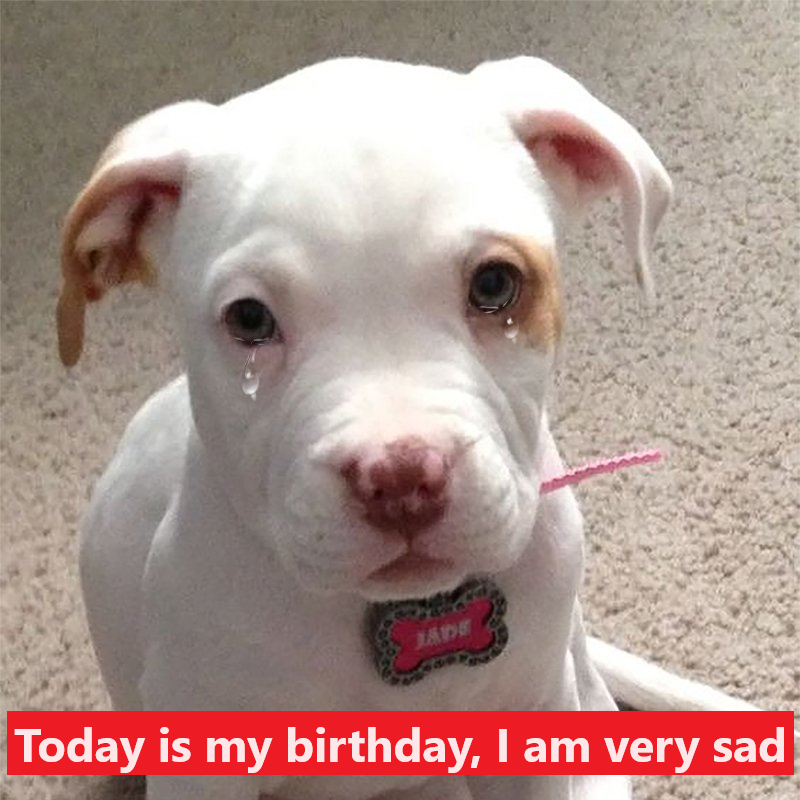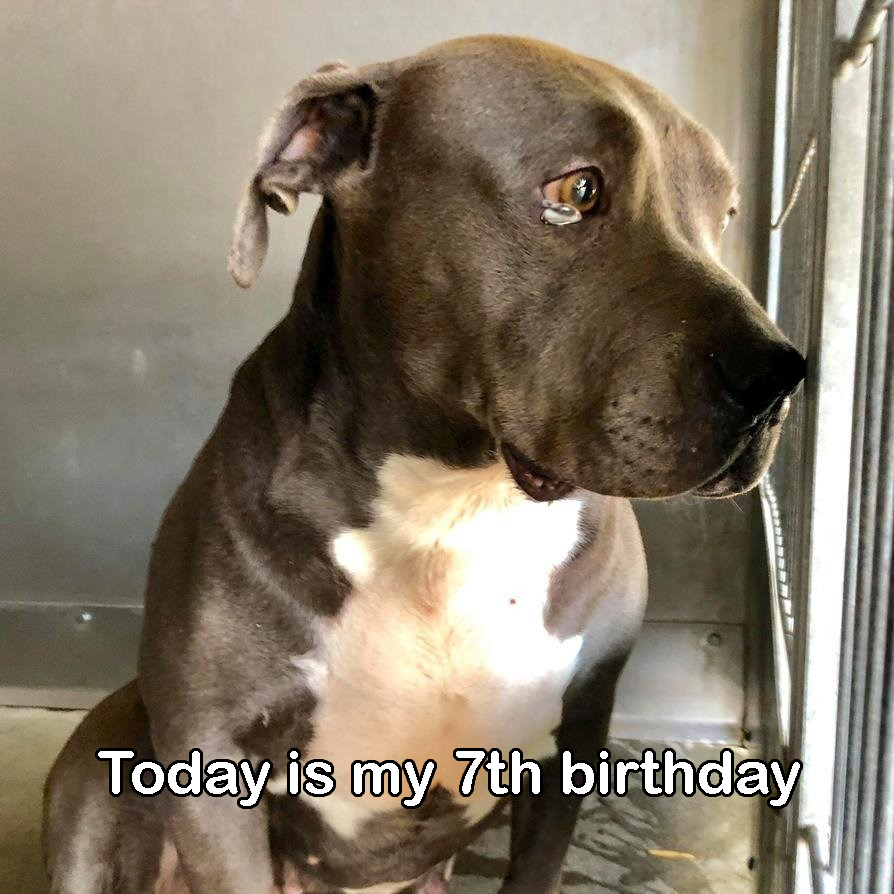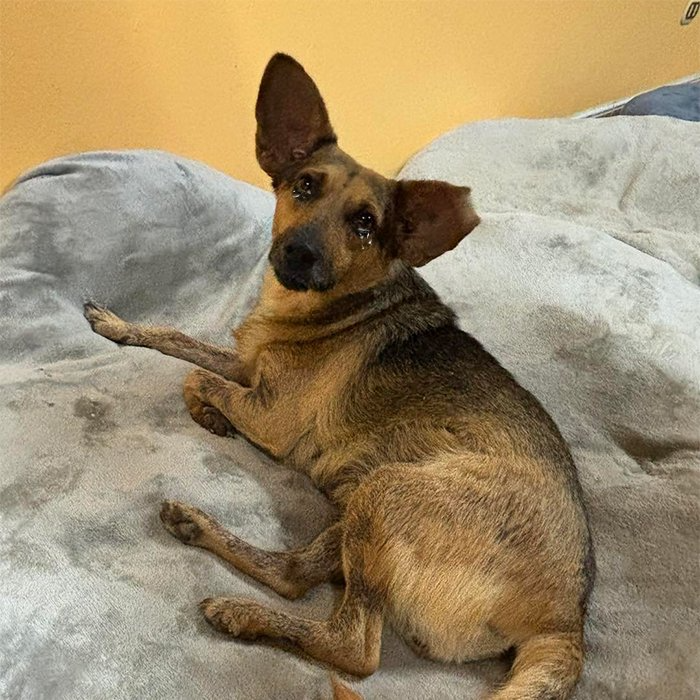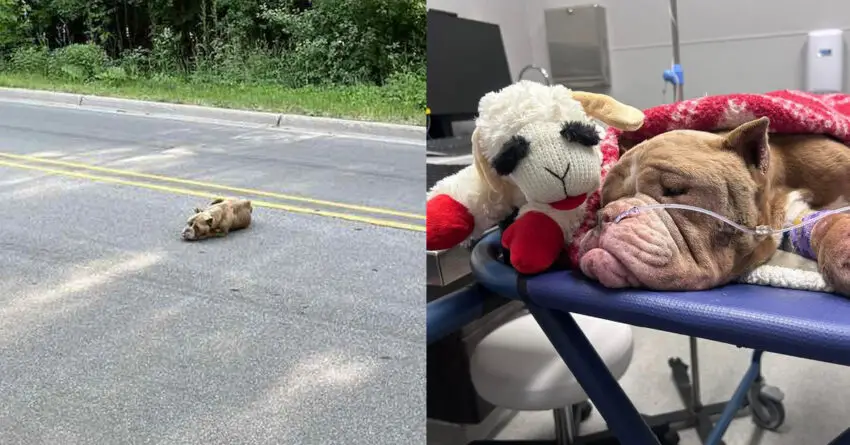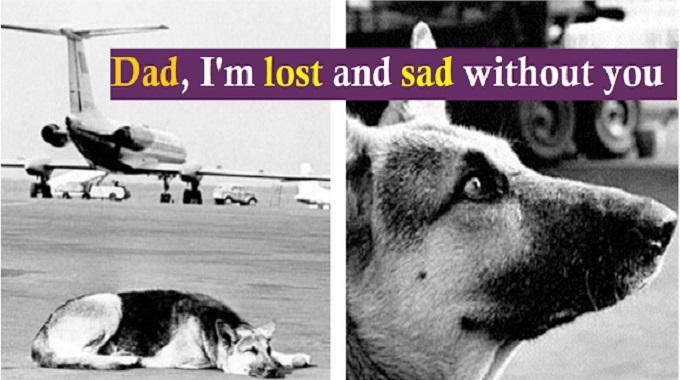
The owner was the last to board, and before that, he took off the collar and said goodbye to his pet for an extended time. The mighty IL-18 liner carried a person to the north. The dog ran for an extended time on the runway, trying to catch up with him.
She still didn’t trust people, hiding at the slightest danger, and still saw off every plane. This went on for 2 years until the pilot saw the dog running after the plane from the cockpit of the plane. Vyacheslav Valentey contacted the dispatcher, with an invitation to get rid of the dog from the runway, for her safety.
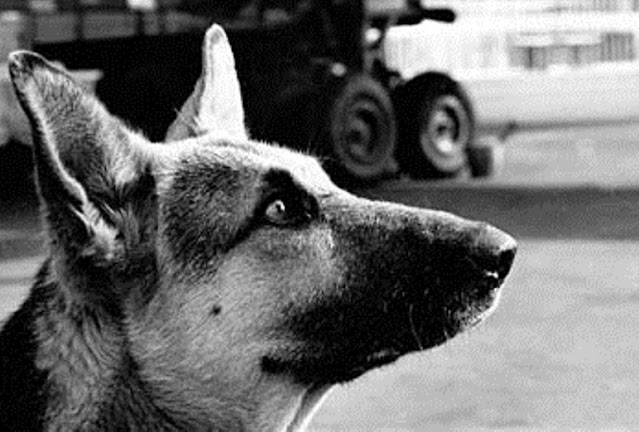
They explained to him that it had been useless, Alma was trying to find the owner and didn’t let anyone get close. then , the pilot often saw a sheepdog , who met each plane with hope.
Vyacheslav Alexandrovich went through the war, was a prisoner of Dachau and therefore the camps — he knew what grief was and saw it within the dog’s eyes.
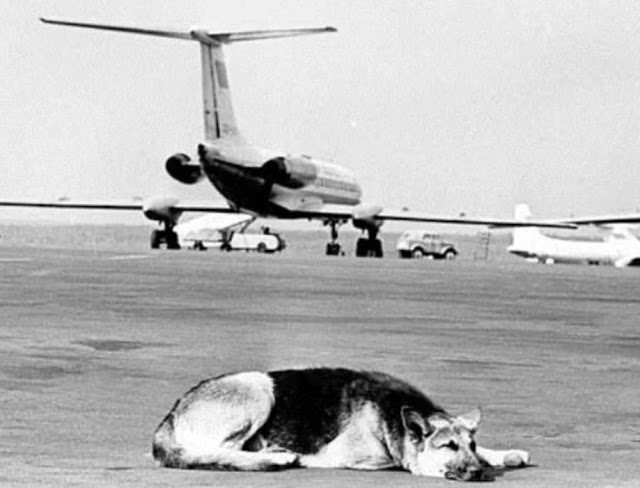
After the article by Yuri Rost, thousands of individuals from everywhere the USSR wanted to require part within the fate of the sheepdog . And in Norilsk, the pilot was overtaken by an anonymous letter. Its author, the owner of a sheepdog , didn’t consider himself entitled to be the owner and was scared of condemnation of his betrayal.
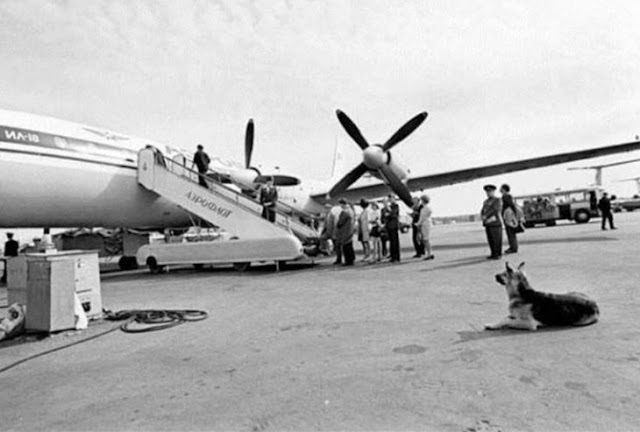
And yet the faithful Alma was destined to satisfy an equally devoted and selfless friendship. Vera Kotlyarevskaya, a descendant of the Ukrainian classic, left her job in Kyiv and spent several weeks in Vnukovo. She patiently and punctiliously tamed the shepherd, spent all her time together with her.
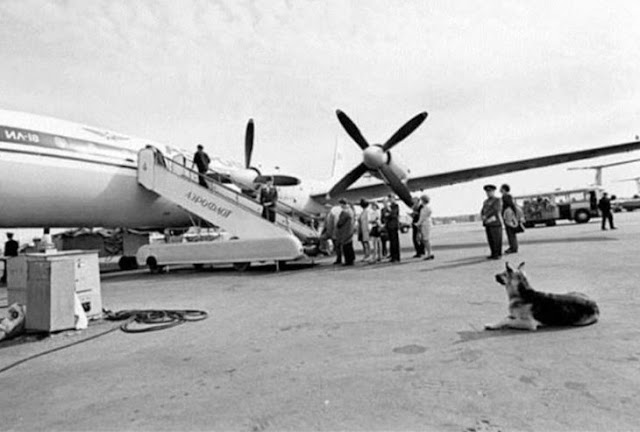
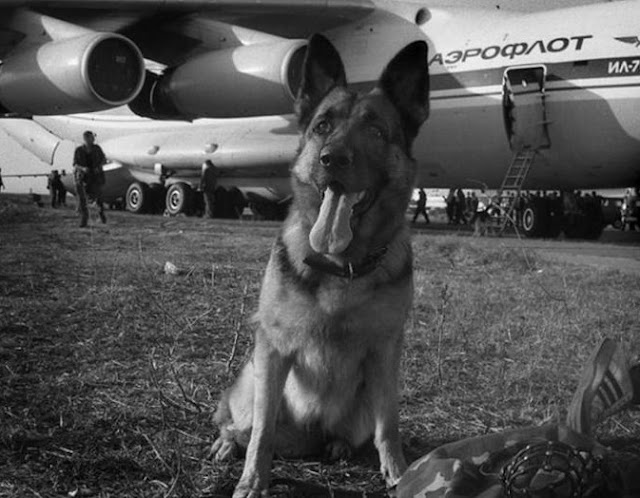
This story inspired the creators of two films. “On a leash at the runway” was released back in 1988, and in March of this year, the premiere of the Russian film “Palm” happened .














